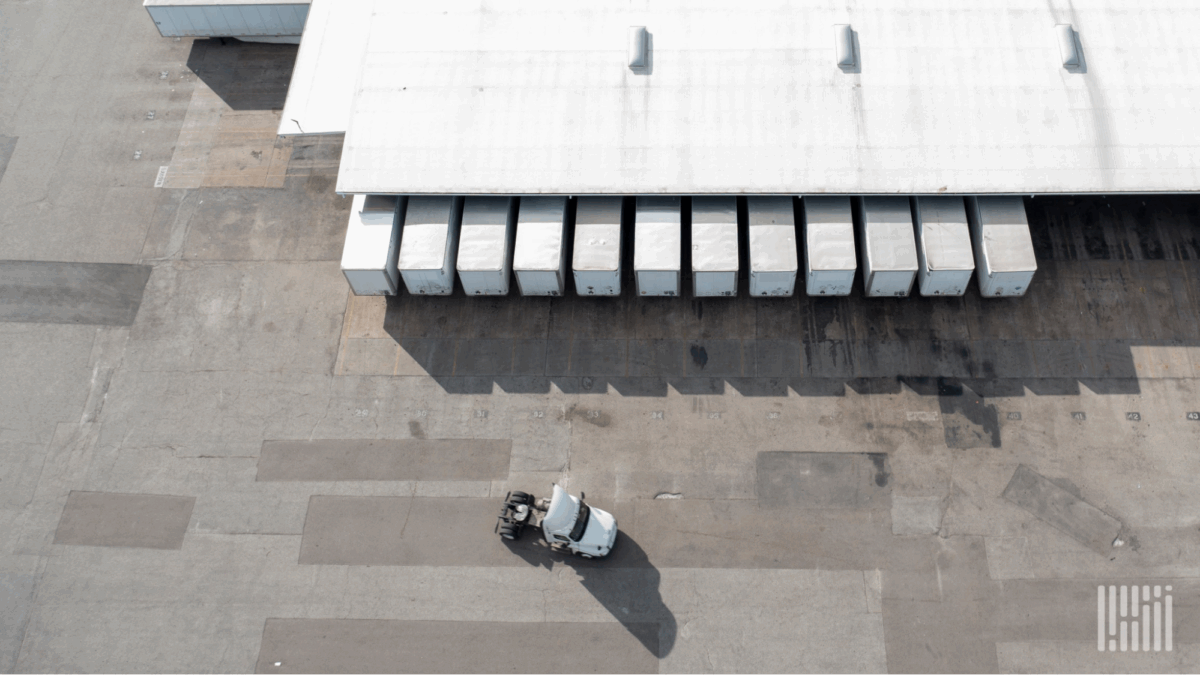Copyright FreightWaves

Much of Cardinal Health’s cold storage capacity has already been upgraded, with 98% of refrigerated space retrofitted to support growth and ensure that temperature-sensitive products are handled with precision. Automation and robotics are at the heart of this modernization push, providing new levels of speed, quality, and efficiency. “Pharma is the fastest-moving segment of the network,” Reeves explained. “The need is always urgent. Automation allows us to move orders to customers faster while improving quality through better traceability. Each product that enters a facility can now be tracked from arrival to departure, offering greater visibility and reliability for both customers and patients.” But Cardinal Health’s automation strategy isn’t only about throughput, it’s also about people. “At the end of the day, it’s always been a people business,” Reeves said. “In the cold storage areas, employees now work outside the refrigerated zones, interacting with robotics and systems instead of constantly walking in and out of those environments. It’s a safer, more ergonomic setup that keeps associates comfortable while maintaining productivity.” The modernization effort also strengthens Cardinal Health’s ability to respond during public health emergencies or unexpected disruptions. Reeves described a business continuity plan designed for flexibility and resilience. “When something tragic happens, within hours we can move orders to other sites and get product to customers without them ever knowing there was a disruption,” he said. “We can also act proactively before a storm or hurricane, to get employees out safely and ensure orders are filled and inventory replenished during times of crisis.” Technology plays a critical role in that continuity. Redundancy is built into every system, allowing operations to continue even if automated processes go offline. “Our system is one of the most advanced in pharmaceutical distribution,” Reeves said. “But it’s also designed so that if the robotics go down, we can work around them. We never want to be in a position where we can’t fulfill an order. Patient care comes first.” That philosophy extends to how Cardinal Health approaches data and traceability. The company is preparing for the industry’s shift toward serialization, often referred to as “license plating,” in which every product is individually traceable throughout the supply chain. “The hardest lesson we learned was making sure the technology could meet the demands of the future,” Reeves said. “Each product needs its own digital identity, and not all systems can handle that. We’ve learned quickly that the right technology isn’t just about today, it’s about where the industry is heading.” Modernization is as much about improving the employee experience as it is about technological progress. Ergonomics and safety are built into every design decision, ensuring that automation enhances, not replaces, the human element. As Cardinal Health continues expanding its modernized network, it’s creating a blueprint for the next generation of healthcare logistics. By integrating automation, resiliency, and a commitment to patient care, the company is redefining how healthcare products are distributed, ensuring that every order and every shipment serves one ultimate purpose: getting life-saving therapies where they’re needed most, faster and more reliably than ever before.



